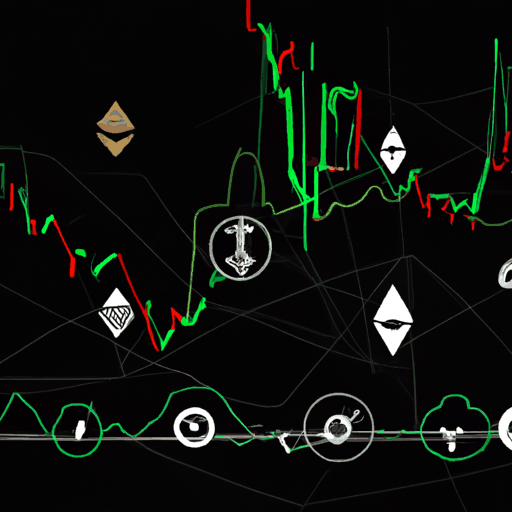
Bitcoin and Ethereum Face Significant Downturn Amid Market Turmoil
By: Eva Baxter
The cryptocurrency market has recently experienced a substantial downturn, with Bitcoin leading the plunge by falling below $80,000 for the first time since November 2024. This downturn highlights the crypto market's intense volatility, as the leading digital asset receded to levels last witnessed following Donald Trump's election victory. In the broader market, major altcoins such as Ethereum have also been severely affected, experiencing a notable decline of nearly 50% from their peaks in late 2024. This widespread depreciation has resulted in considerable unrealized losses, surpassing $1 trillion in the past month, and caused substantial liquidations across the board.
Market participants are attributing the ongoing downturn to several macroeconomic factors. Primarily, uncertainty regarding Donald Trump's tariff policies has seemingly triggered a risk-off sentiment among investors, causing a shift toward traditionally stable assets such as the US dollar. Concerns surrounding higher inflation under the new presidency further exacerbate the situation, adding to investor cautiousness. This market sentiment has been mirrored by massive outflows from Bitcoin spot ETFs, culminating in a staggering $3 billion outflow, indicative of declining investor confidence during this volatile period.
The Crypto Fear & Greed Index has plummeted to levels akin to those observed during the 2022 bear market, which was instigated by the collapse of several crypto firms like FTX. This index value plunging to 21, signaling 'extreme fear,' underscores the heightened apprehension among investors. Market experts believe that this phase may act as another example of the market's cyclical nature, where sharp corrections precede periods of substantial growth. Meanwhile, analysts from The Kobeissi Letter have highlighted the reactionary behavior of retail investors who, during such trade war periods, tend to herd together, amplifying the price fluctuations of cryptocurrencies.
As Bitcoin struggles to hold critical support levels, failing to climb above the $85,000 zone suggests potential further declines. On the flip side, surpassing this resistance may lead to recovery towards the $86,500 mark. However, if the declines persist, support at the $78,500 mark might be the next target. The crypto community remains hopeful that the current corrections, while painful, are characteristic corrections that the market absorbs periodically before achieving significant growth spurts, as echoed by market insiders. As the market navigates this turbulent phase, stakeholders continue to cautiously scrutinize macroeconomic developments, their impact on crypto valuations, and potential avenues for recovery.



